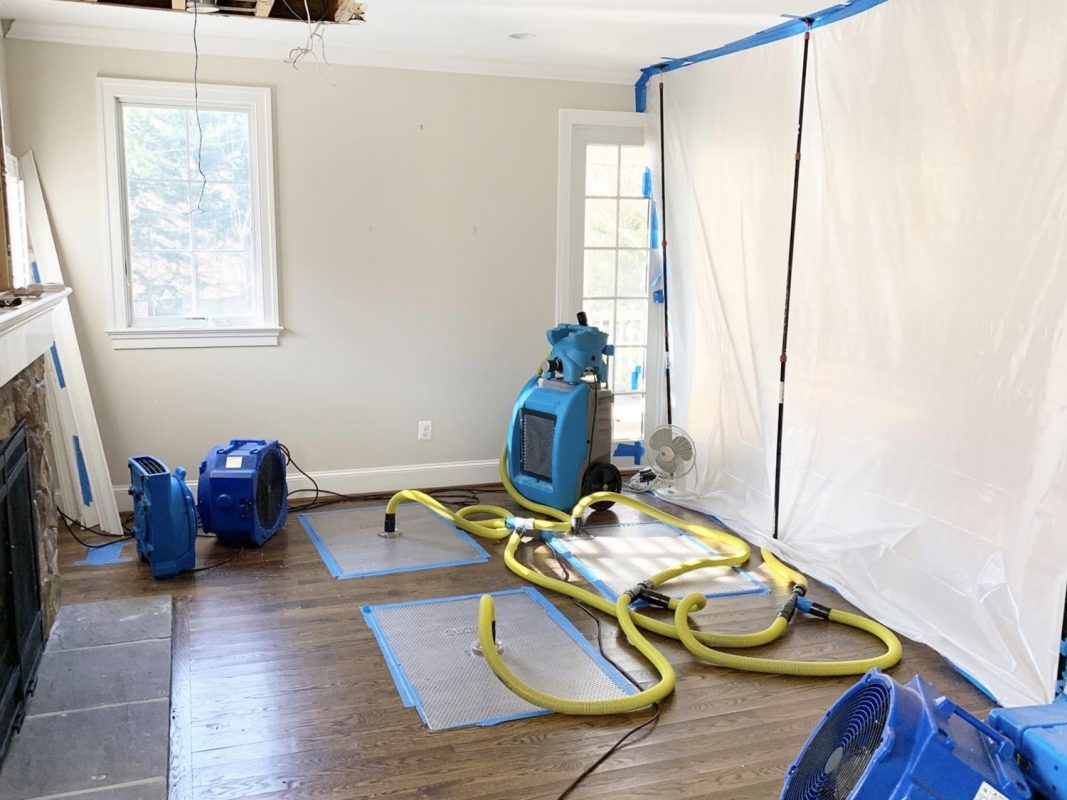Do's & Don'ts of Water Damages.
Do's & Don'ts of Water Damages.
Blog Article
Listed here in the next paragraph you can discover a bunch of excellent points on the subject of Reducing Your Risk Of Water And Fire Damage At Home.

Water gives life, water intrusion on components where it's not intended to be can result in damages. Homes with water damages odor old and also mildewy.
Water can come from lots of sources such as tropical storms, floodings, burst pipes, leakages, and sewage system issues. In case you experience water damage, it would certainly be good to recognize some security precautions. Below are a couple of guidelines on just how to take care of water damage.
Do Prioritize Home Insurance Policy Coverage
Water damage from flooding as a result of heavy winds is seasonal. You can additionally experience an unexpected flood when a malfunctioning pipe suddenly ruptures into your house. It would be best to have house insurance policy that covers both acts of God such as all-natural disasters, and also emergency situations like busted plumbing.
Do Not Fail To Remember to Turn Off Utilities
In case of a disaster, especially if you live in a flood-prone area, it would certainly be suggested to turn off the primary electrical circuit. This cuts off power to your whole home, stopping electrical shocks when water comes in as it is a conductor. Additionally, don't forget to turn off the main water line shutoff. When floodwaters are high, furnishings will walk around and trigger damages. Having the major shutoff shut down protects against further damage.
Do Stay Proactive as well as Heed Weather Condition Signals
Listen to evacuation warnings if you live near a creek, river, or lake. Doing so lowers possible property damage.
Don't Neglect the Roofing System
Prior to the climate turns shocking, ensure you have a roof evaluation. It would be prudent to receive this service annually as it can alleviate complicated issues. You can stay clear of rain damages if there are no holes and also leaks in your roofing system. Your roofer will certainly also deal with faulty rain gutters or any other indications of weakening. This will certainly avoid water from streaming down your walls and also soaking your ceiling.
Do Take Notice Of Small Leakages
A burst pipeline doesn't happen overnight. Normally, there are red flags that indicate you have compromised pipes in your home. You might observe bubbling paint, peeling off wallpaper, water streaks, water stains, or dripping sounds behind the wall surfaces. Ultimately, this pipeline will break. Preferably, you ought to not wait for things to escalate. Have your plumbing fixed prior to it causes huge damages.
Don't Panic in Case of a Ruptured Pipeline
Keeping your presence of mind is vital in a time of situation. Since it will certainly suppress you from acting quickly, stressing will just worsen the trouble. Timing is crucial when it comes to water damages. The longer you wait, the more damages you can expect. Thus, if a pipeline bursts in your residence, instantly turned off your major water shutoff to remove the resource. Disconnect all electric outlets in the location or transform off the circuit breaker for that component of the residence. Call a reputable water damages remediation professional for assistance.
Water gives life, water intrusion on components where it's not meant to be can result in damages. Homes with water damages scent old and musty.
Water damage from flood charges to hefty winds is seasonal. You may see bubbling paint, peeling off wallpaper, water touches, water spots, or dripping noises behind the wall surfaces. When it comes to water damages, timing is crucial.
Some Do's & Don't When Dealing with a Water Damage
DO:
Make sure the water source has been eliminated. Contact a plumber if needed. Turn off circuit breakers supplying electricity to wet areas and unplug any electronics that are on wet carpet or surfaces Remove small furniture items Remove as much excess water as possible by mopping or blotting; Use WHITE towels to blot wet carpeting Wipe water from wooden furniture after removing anything on it Remove and prop up wet upholstery cushions for even drying (check for any bleeding) Pin up curtains or furniture skirts if needed Place aluminum foil, saucers or wood blocks between furniture legs and wet carpet Turn on air conditioning for maximum drying in winter and open windows in the summer Open any drawers and cabinets affected for complete drying but do not force them open Remove any valuable art objects or paintings to a safe, dry place Open any suitcases or luggage that may have been affected to dry, preferably in sunlight Hang any fur or leather goods to dry at room temperature Punch small holes in sagging ceilings to relieve trapped water (don't forget to place pans beneath!); however, if the ceiling is sagging extremely low, stay out of the room and we'll take care of it DO NOT:
Leave wet fabrics in place; dry them as soon as possible Leave books, magazines or any other colored items on wet carpets or floor Use your household vacuum to remove water Use TV's or other electronics/appliances while standing on wet carpets or floors; especially not on wet concrete floors Turn on ceiling fixtures if the ceiling is wet Turn your heat up, unless instructed otherwise

We were brought to that report on Ways to Reduce The Risk Of Fire And Water Damage through a good friend on a different web blog. Do you know somebody else who is fascinated with the topic? Please feel free to promote it. Thanks so much for your time spent reading it.
Report this page